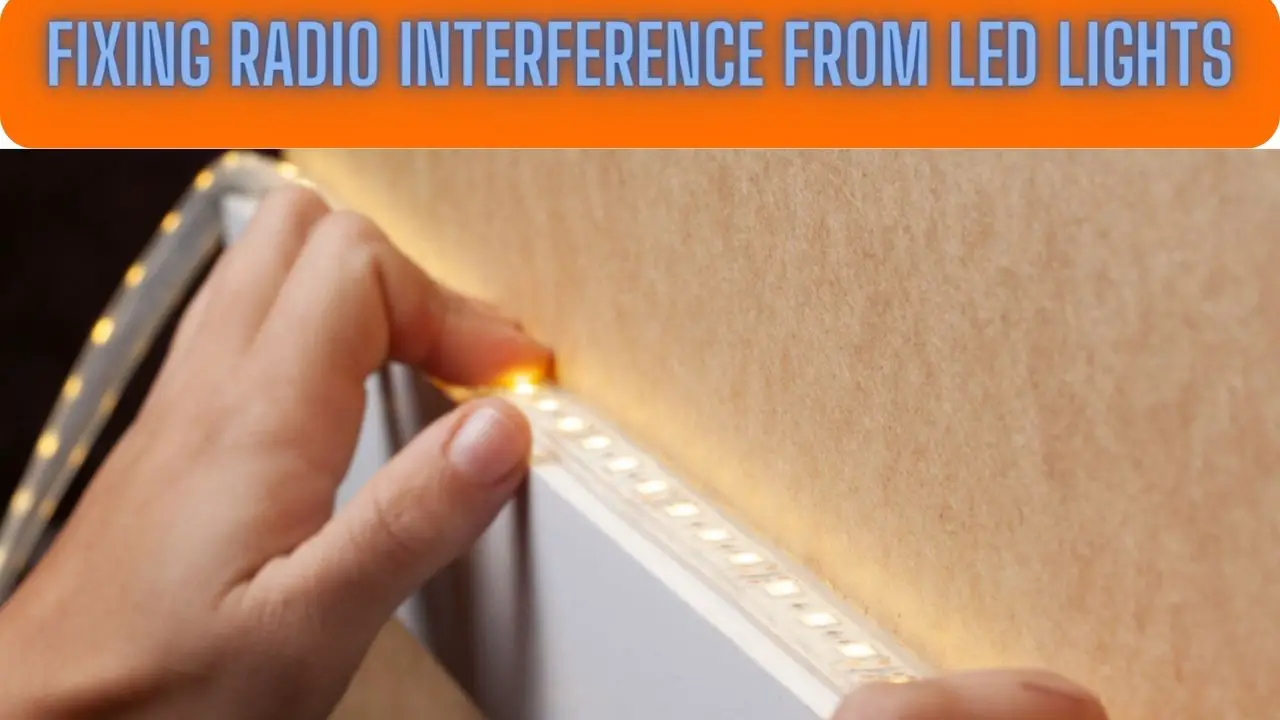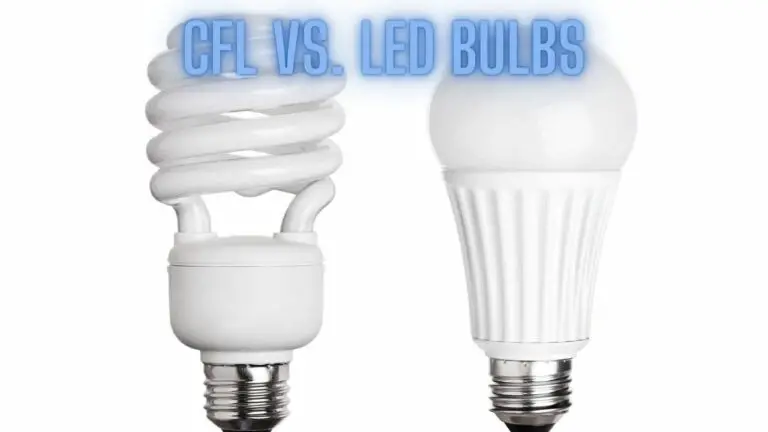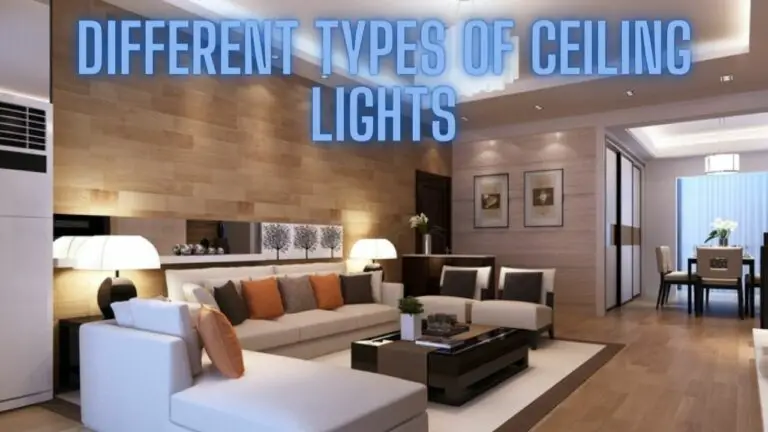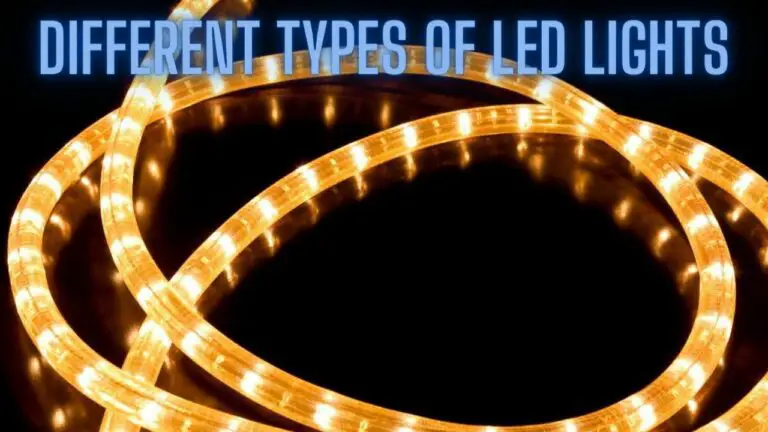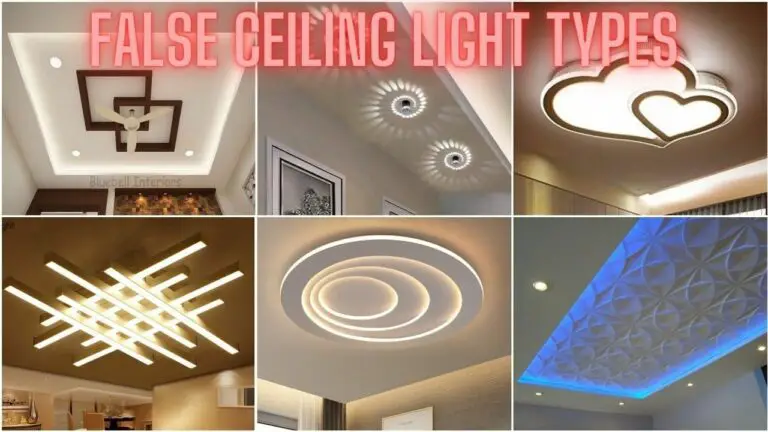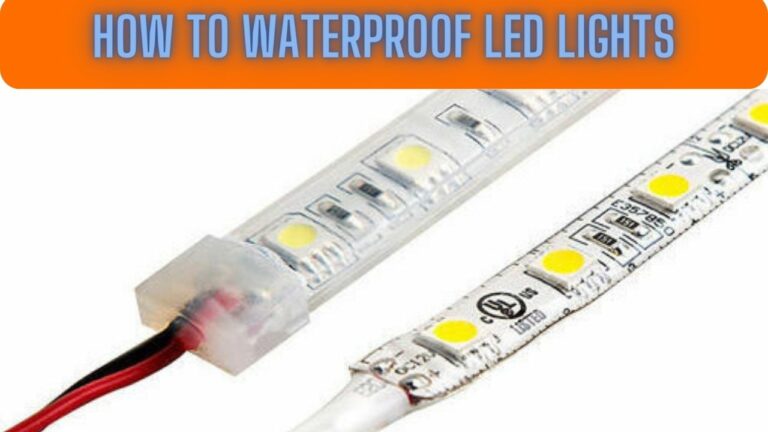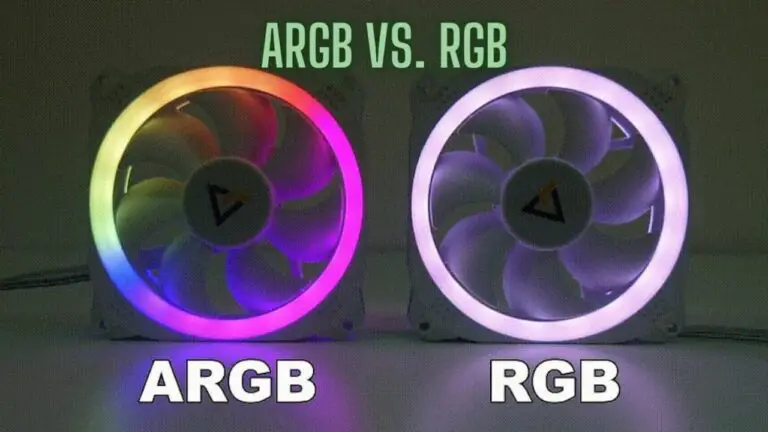A Comprehensive Guide on Fixing Radio Interference from LED Lights
Introduction:
In the luminous landscape of modern lighting, LED lights have emerged as energy-efficient beacons, revolutionizing the way we illuminate our spaces. However, this technological leap forward comes with its own set of challenges, and one persistent issue that users often encounter is radio interference caused by LED lights. The elusive buzzing, humming, or static noise that accompanies radio interference can be frustrating, especially in environments where clear communication is essential. This comprehensive guide delves into the intricacies of LED-induced radio interference, exploring its causes, identifying potential solutions, and empowering users to enjoy the benefits of LED lighting without the unwanted soundtrack.
1. Understanding Radio Interference from LED Lights:
a. The Phenomenon: Radio interference from LED lights occurs when the electromagnetic signals generated by the LED driver or power supply interfere with radio frequencies. This interference can manifest as audible noise on radios, static on televisions, or disruptions to wireless communication devices.
b. Causes of Radio Interference:
- Switching Power Supplies: LED lights often use switching power supplies, which can produce electromagnetic interference (EMI) as they regulate voltage.
- Poor Quality Drivers: Low-quality LED drivers or power supplies may lack adequate filtering, exacerbating the emission of EMI.
- Inadequate Shielding: Insufficient shielding in LED fixtures allows electromagnetic radiation to escape, causing interference.
- Dimmer Compatibility: Incompatibility between dimmers and LED drivers can lead to EMI, especially when dimming is involved.
- Grounding Issues: Improper grounding in the electrical system can contribute to EMI.
2. Identifying Radio Interference:
a. Audible Symptoms:
- Buzzing or Humming Sounds: Audible buzzing or humming is a common indication of radio interference. This may be heard directly from the LED fixture or through audio devices like radios or speakers.
b. Visual Symptoms:
- Flickering Lights: LED lights affected by interference may flicker, dim, or exhibit irregular behavior.
- Static on Screens: Televisions or computer monitors may display static or interference patterns.
3. Solutions to Fix Radio Interference:
a. Upgrading to High-Quality LED Drivers: Investing in high-quality LED drivers or power supplies with better EMI filtering capabilities can significantly reduce radio interference. Look for drivers that adhere to industry standards and have been tested for electromagnetic compatibility (EMC).
b. Adding Ferrite Chokes: Ferrite chokes, also known as ferrite beads, can be added to the power cables of LED fixtures. These cylindrical devices suppress high-frequency noise and help mitigate EMI. Wrapping the power cables around ferrite chokes or attaching them near the connectors can be effective.
c. Installing EMI Filters: Electromagnetic interference filters, or EMI filters, can be installed at the point of entry of the LED power supply. These filters suppress unwanted electromagnetic noise and help ensure compliance with EMC standards. Consult with manufacturers to select filters compatible with LED lighting systems.
d. Shielding LED Fixtures: Enhancing the shielding of LED fixtures can contain electromagnetic radiation and reduce interference. Retrofitting fixtures with additional shielding materials or opting for fixtures designed with effective shielding is crucial, especially in sensitive environments.
e. Using Dimmer-Compatible LED Lights: Ensure compatibility between dimmers and LED drivers to avoid EMI issues associated with dimming. Choose LED lights explicitly designed to work with the dimmers in use. Consider upgrading to dimmers compatible with both incandescent and LED lighting technologies.
f. Proper Grounding Practices: Addressing grounding issues in the electrical system can minimize radio interference. Ensuring that the electrical wiring and grounding meet industry standards can significantly reduce the risk of EMI. Consult with a qualified electrician to assess and improve the grounding system.
g. Separating Power and Signal Cables: Physical separation of power cables and signal cables can minimize the risk of electromagnetic interference. This is particularly relevant in situations where LED fixtures share conduit space with communication cables. Keeping these cables separated reduces the chance of cross-talk and interference.
h. Seeking Professional Advice: If radio interference persists despite implementing DIY solutions, seeking professional advice is advisable. Consulting with electrical engineers or professionals specializing in EMC can provide tailored solutions and address specific challenges in complex installations.
4. Practical Steps to Fix Radio Interference:
a. Conducting a System Check:
- Identify the Source: Determine which LED fixtures are causing interference.
- Isolate Components: Isolate components, such as individual LED bulbs or fixtures, to identify the specific source of interference.
b. Upgrading LED Drivers:
- Research Compatible Drivers: Identify high-quality LED drivers compatible with your LED fixtures.
- Installation: Replace existing drivers with upgraded, EMC-compliant models.
c. Adding Ferrite Chokes:
- Selecting Ferrite Chokes: Choose ferrite chokes suitable for the diameter of your LED power cables.
- Installation: Attach ferrite chokes near connectors or wrap power cables around them to suppress EMI.
d. Installing EMI Filters:
- Consultation: Consult with LED fixture manufacturers or electrical professionals to choose appropriate EMI filters.
- Integration: Install EMI filters at the point of entry of the LED power supply, following manufacturer guidelines.
e. Shielding LED Fixtures:
- Assessment: Evaluate the existing shielding of LED fixtures.
- Retrofitting: Consider retrofitting fixtures with additional shielding materials or replacing them with fixtures designed for reduced EMI.
f. Using Dimmer-Compatible LED Lights:
- Compatibility Check: Verify compatibility between existing dimmers and LED lights.
- Upgrading Dimmers: If needed, upgrade to dimmers explicitly designed for compatibility with LED lighting technologies.
g. Proper Grounding Practices:
- Professional Assessment: Consult with a qualified electrician to assess the grounding system.
- Improvements: Implement improvements to ensure proper grounding by industry standards.
h. Separating Power and Signal Cables:
- Physical Separation: Ensure a physical separation between power and signal cables.
- Cable Management: Use cable management solutions to keep power and signal cables apart.
i. Seeking Professional Advice:
- Consultation: Engage electrical engineers or professionals specializing in EMC for a thorough assessment.
- Tailored Solutions: Receive tailored solutions and guidance to address specific challenges in complex installations.
5. Common FAQs on Fixing Radio Interference from LED Lights:
Why do LED lights cause radio interference?
LED lights can cause radio interference due to electromagnetic signals generated by the LED driver or power supply. Factors such as poor quality drivers, inadequate shielding, and incompatible dimmers contribute to electromagnetic interference (EMI).
How can I tell if my LED lights are causing radio interference?
Signs of radio interference include audible buzzing or humming sounds, flickering lights, and static on screens. Conducting a system check, isolating components, and observing symptoms during operation can help identify interference.
Can upgrading LED drivers solve radio interference issues?
Upgrading high-quality LED drivers with effective EMI filtering capabilities can significantly reduce radio interference. Ensuring compatibility and adherence to industry standards is crucial when selecting new drivers.
What are ferrite chokes, and how do they help with radio interference?
Ferrite chokes, also known as ferrite beads, are cylindrical devices that suppress high-frequency noise. Placing ferrite chokes on LED power cables helps mitigate electromagnetic interference (EMI) by absorbing unwanted signals.
How do EMI filters work, and where should they be installed?
Electromagnetic interference (EMI) filters suppress unwanted electromagnetic noise. They should be installed at the point of entry of the LED power supply to ensure effective filtration of electromagnetic signals.
Can shielding LED fixtures eliminate radio interference?
Enhancing the shielding of LED fixtures can reduce electromagnetic radiation and minimize radio interference. Retrofitting fixtures with additional shielding materials or choosing fixtures designed for reduced EMI is an effective solution.
Why is proper grounding important in addressing radio interference?
Proper grounding in the electrical system is crucial for minimizing radio interference. Inadequate grounding can contribute to electromagnetic interference (EMI), and addressing grounding issues helps ensure a stable electrical environment.
Can using dimmer-compatible LED lights prevent radio interference?
Yes, using LED lights explicitly designed to be compatible with dimmers can prevent radio interference. Ensuring that dimmers and LED drivers work seamlessly together reduces the risk of EMI, especially in dimming scenarios.
What steps can I take if DIY solutions don’t resolve radio interference?
If DIY solutions prove ineffective, seek professional advice. Consult with electrical engineers or professionals specializing in electromagnetic compatibility (EMC) for a thorough assessment and tailored solutions to address specific challenges.
Are there specific regulations or standards for addressing radio interference from LED lights?
Various international and regional standards address electromagnetic compatibility (EMC) for electronic devices, including LED lights. Adhering to these standards ensures that LED fixtures meet regulatory requirements and minimize the risk of radio interference.
Conclusion:
Radio interference from LED lights may cast a disruptive shadow on the otherwise bright world of modern illumination. However, armed with the knowledge shared in this comprehensive guide, users can step into the light with confidence, ready to tackle the buzz, hum, or static that may accompany their LED fixtures. From understanding the causes of interference to identifying symptoms and implementing practical solutions, this guide empowers users to reclaim the harmony between LED lighting and electronic communication.
As the realm of LED technology continues to evolve, so will the strategies for mitigating radio interference. By staying informed, embracing innovative solutions, and seeking professional guidance when needed, users can navigate the luminous landscape of LED lighting without missing a beat—ensuring that the only buzz in their space is the positive energy emanating from the efficient, vibrant glow of their LED fixtures.

